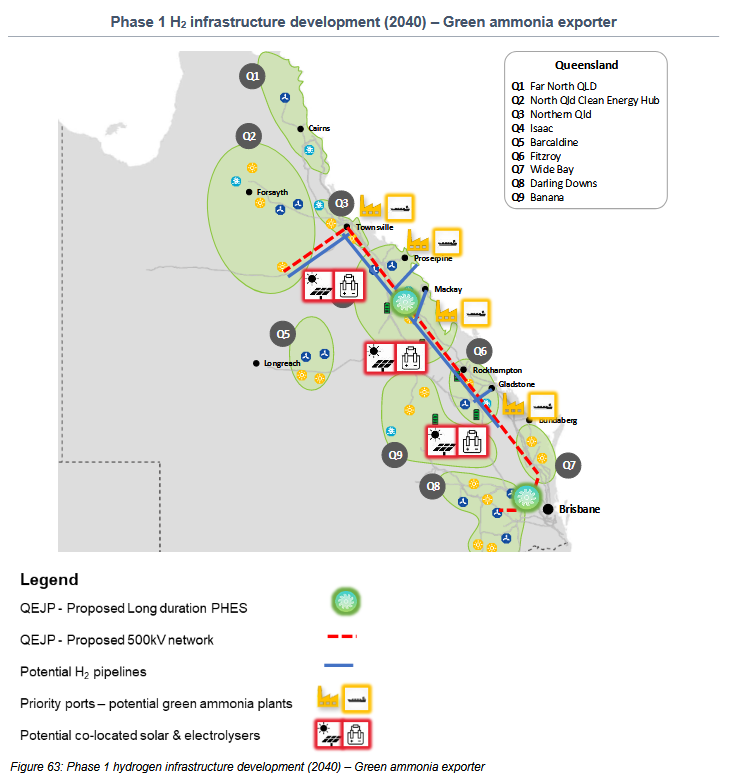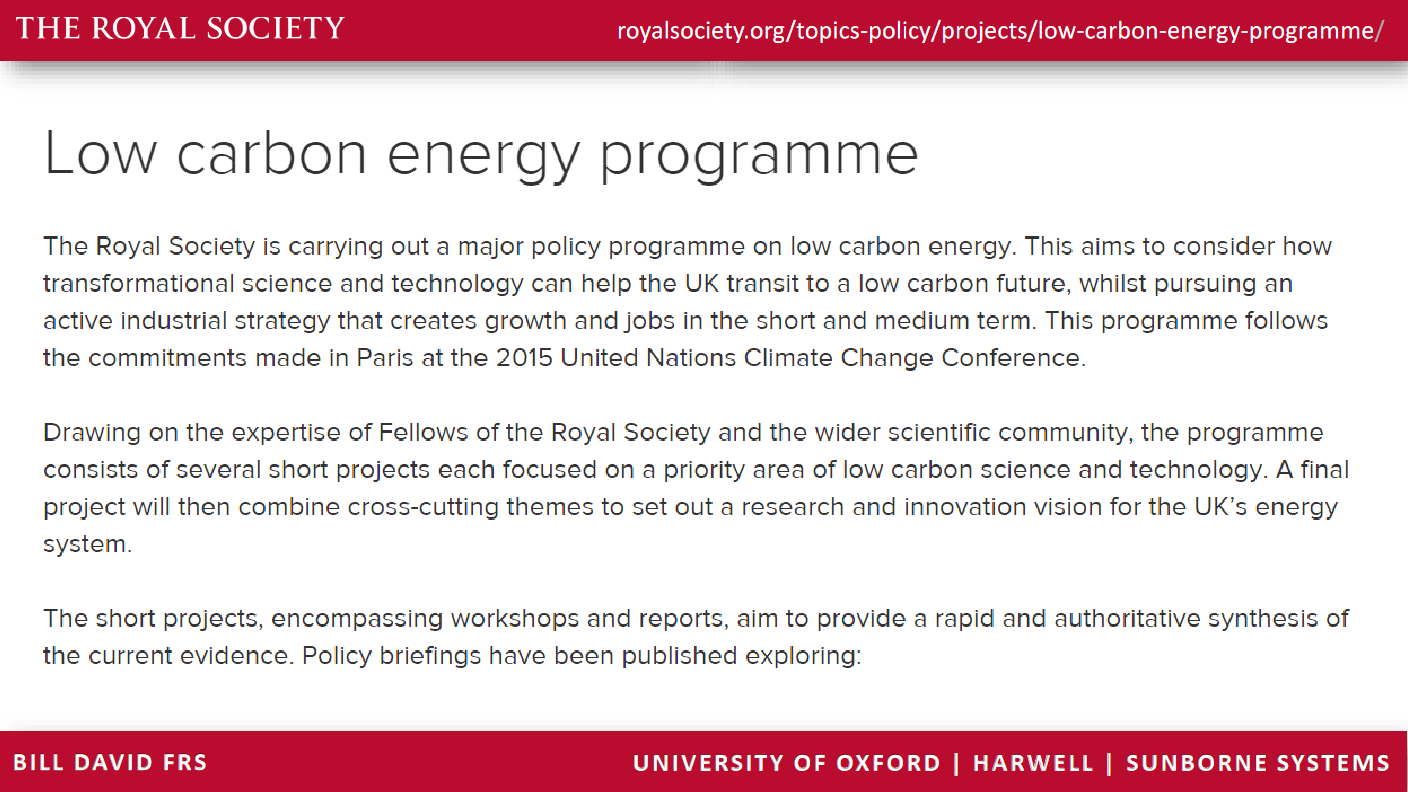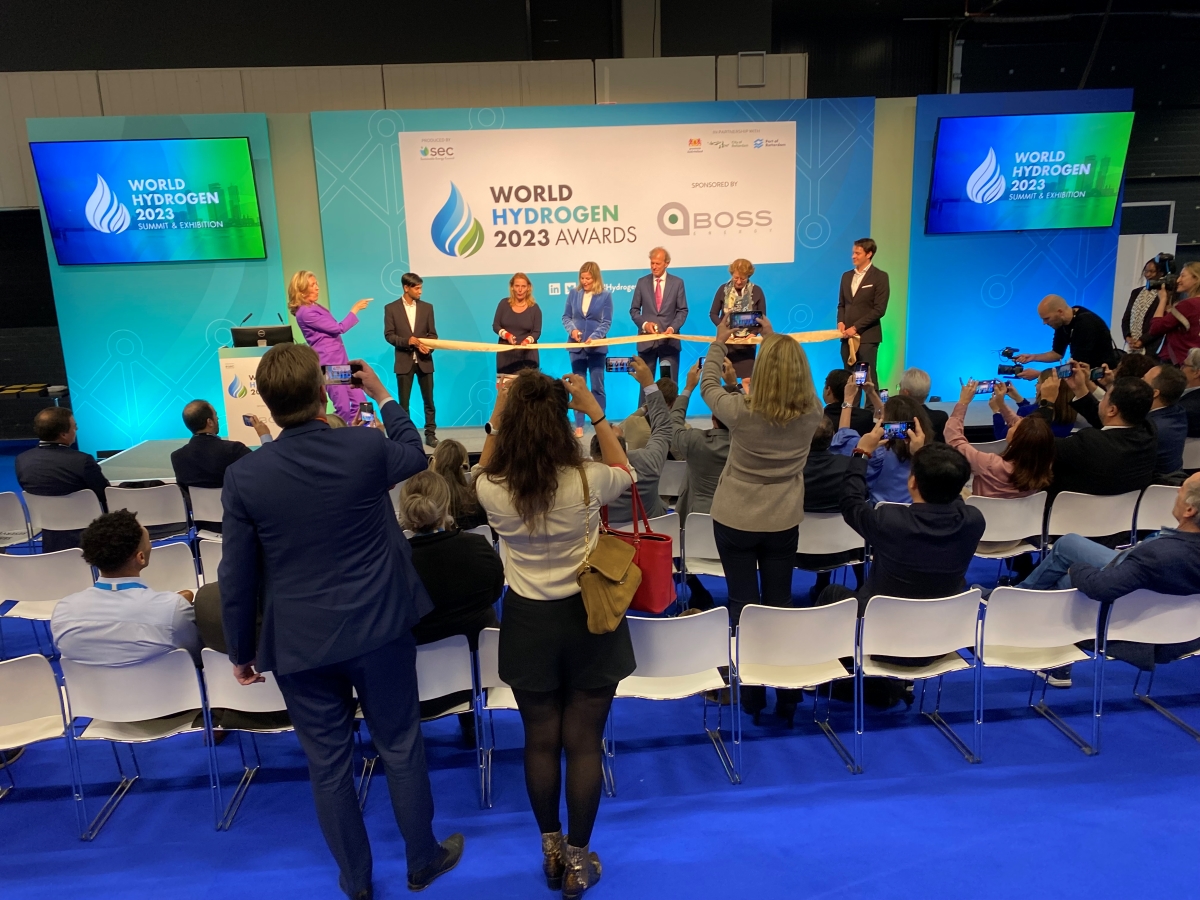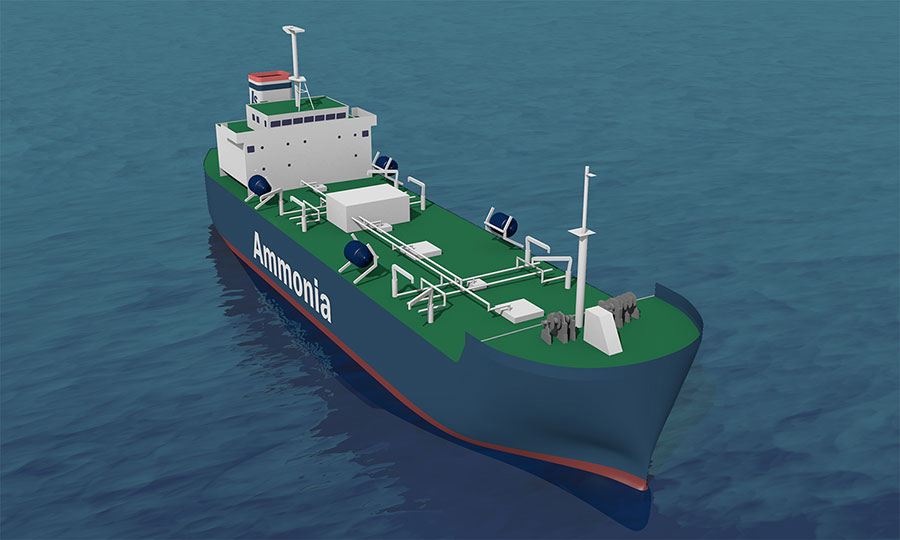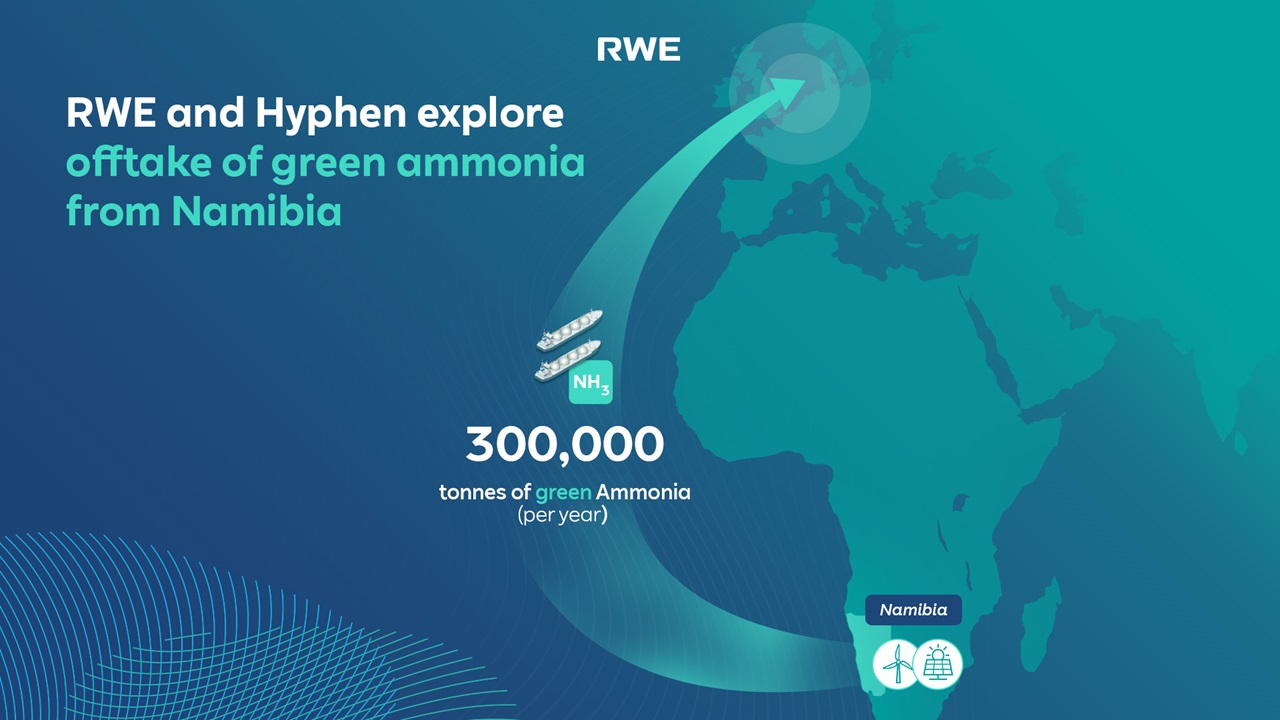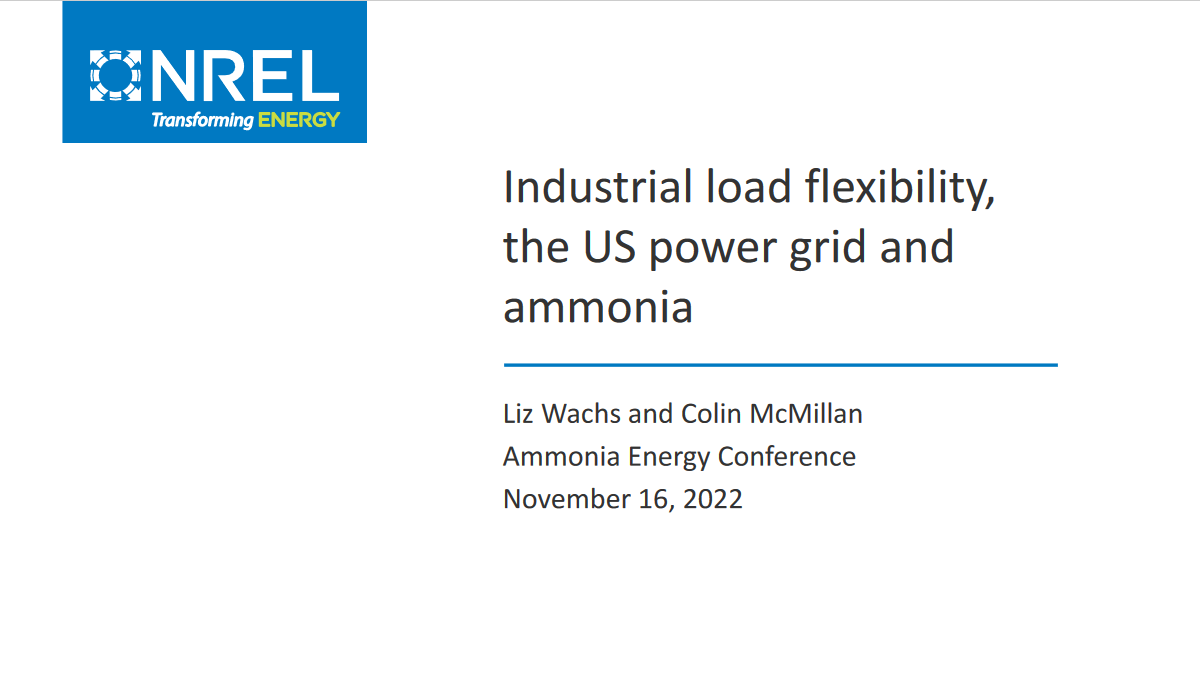New research reveals benefits of "flexible green ammonia production" in Queensland
A research team from Griffith & Oxford Universities concludes that, with the right approach, multiple world-scale, renewable ammonia plants could operate on the Queensland coast, supporting the deep decarbonisation of the electricity grid. Flexible plants can provide “green ammonia value chain-based” demand response services, representing a potential answer to Australia’s winter energy problem.
